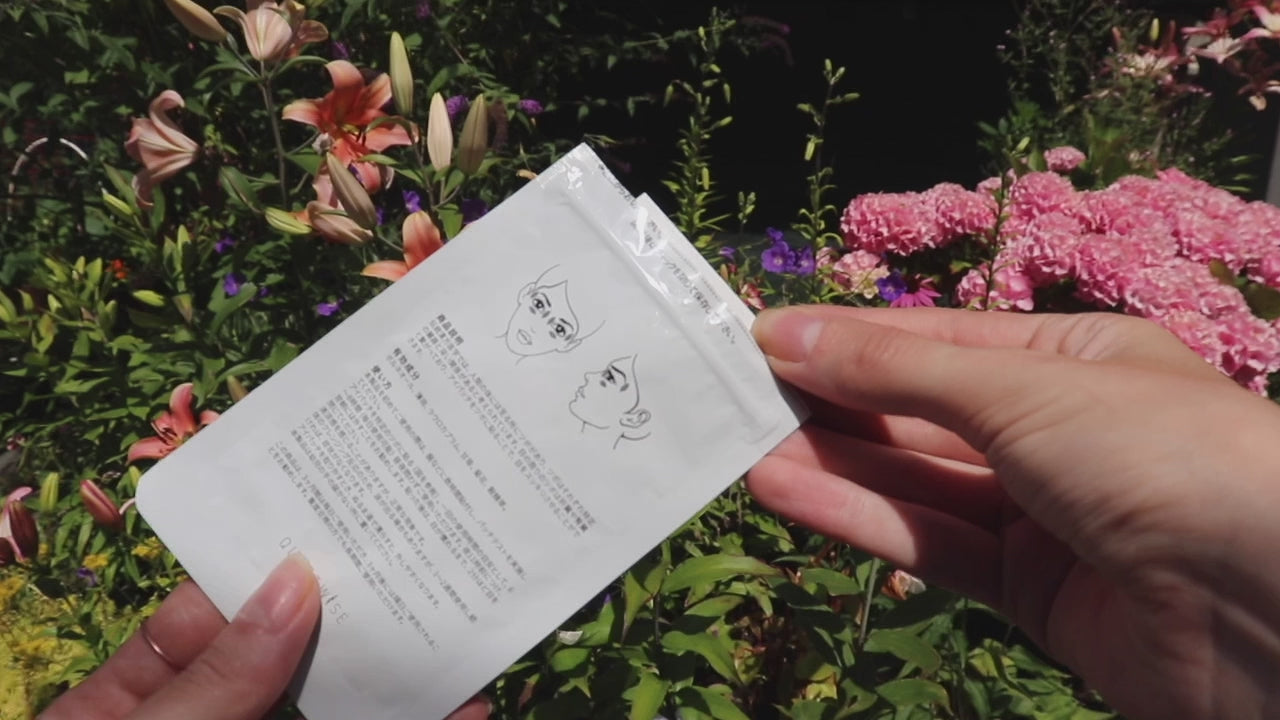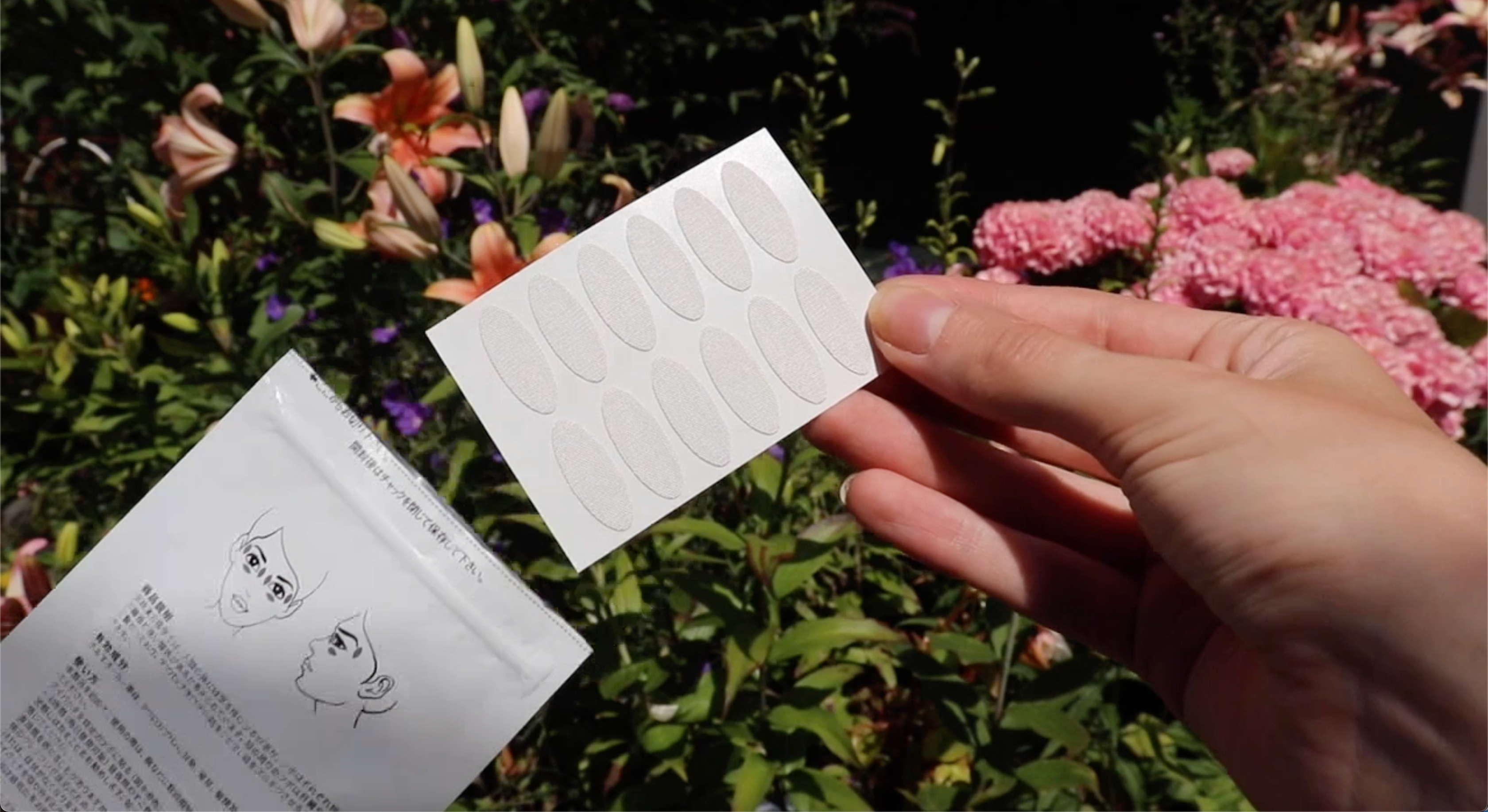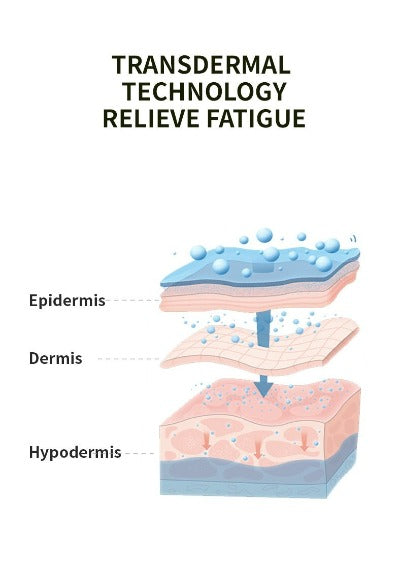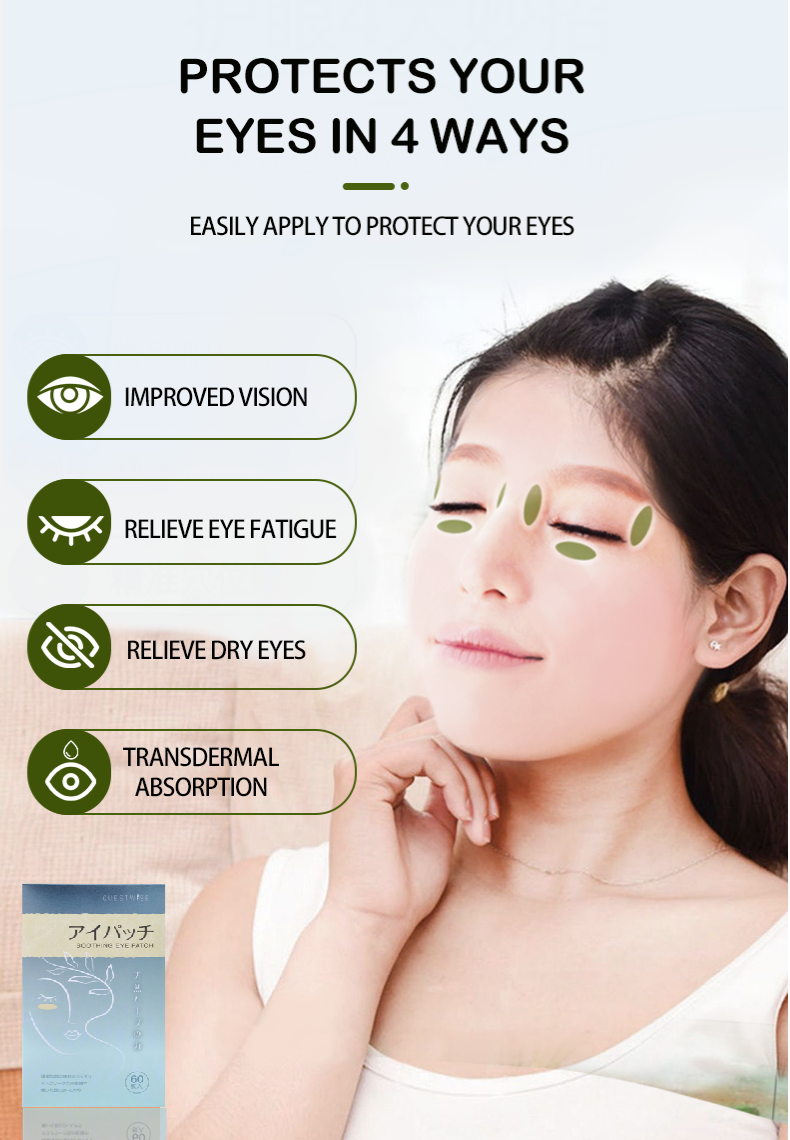Have you ever been lying on the grass, gazing up at a brilliant blue sky, only to have your peaceful view interrupted by tiny, translucent squiggles drifting across your vision? Or perhaps you’re trying to focus on a spreadsheet, and a persistent greyish dot dances in your peripheral vision, darting away every time you try to look directly at it.
If this sounds familiar, you've met the phenomenon of eye floaters. For most people, they are a minor, occasional annoyance. But for others, they can be a source of significant distraction and anxiety.
A common question we hear from clients is: "Why are my floaters so much more noticeable when I look at a bright, uniform surface like the sky or my computer screen?"
It’s not your imagination. There are clear scientific reasons for this, and understanding them can help demystify the experience and give you peace of mind. In this article, we'll dive deep into the science of floaters, explain why they love the spotlight, and discuss what you can do about them.
What Exactly Are Eye Floaters? The Jelly in Your Eye
Before we can understand why floaters act the way they do, we need to understand what they are. Imagine your eyeball is like a hollow sphere. The inside is not filled with air; it's filled with a clear, gel-like substance called the vitreous humor.
Think of the vitreous as a perfectly clear, firm jelly when you're young. It's composed of about 99% water and 1% a complex network of collagen fibers and hyaluronic acid, which gives it its shape and consistency. Its job is to help maintain the spherical shape of your eye and support the delicate structures within it, like the retina.
As we age, a natural process called vitreous syneresis occurs. The vitreous humor slowly begins to lose its firm, jelly-like consistency. It starts to liquefy, and the fine collagen fibers that were once suspended evenly throughout the gel begin to clump together.
These clumps of collagen are what we call floaters.
They are not on the surface of your eye, which is why you can't wash them out. They are floating inside the vitreous cavity. What you are actually "seeing" is not the floaters themselves, but the shadows they cast on your retina—the light-sensitive tissue at the very back of your eye that acts like the film in a camera.
The Main Event: Why Bright Backgrounds are the Perfect Stage for Floaters
Now we get to the core of the question. Why do these tiny shadows suddenly become the star of the show against a blue sky or a white document on your monitor? The answer lies in a simple interplay of light, shadow, and focus.
1. The Principle of Sharp Shadows (It's All About Contrast)
Think about creating a shadow puppet. If you hold your hand far away from the wall and the flashlight is dim, the shadow is faint and blurry. But if you move your hand closer to the wall and use a bright, focused light source, the shadow becomes sharp, dark, and highly defined.
Your eye works on the same principle.
-
The Floater: This is your hand in the analogy—the object casting the shadow.
-
The Retina: This is the wall where the shadow is projected.
-
The Light Source: This is the blue sky or the computer screen.
A bright, uniform background like a clear sky provides a powerful, consistent stream of light into your eye. This creates a high-contrast environment, making the shadows cast by the floaters appear darker and more defined against the bright backdrop. In a visually "busy" environment with lots of different colors, shapes, and textures, your brain easily filters out these faint shadows. But against a blank canvas, they have nowhere to hide.
2. The Power of a Small Pupil (The Pinhole Effect)
Here's a fascinating piece of optics that plays a huge role. When you look at something very bright, your pupil (the black dot in the center of your eye) naturally constricts, or gets smaller. It does this to limit the amount of light entering the eye, protecting the retina and allowing you to see comfortably.
This small pupil acts like a smaller aperture on a camera lens. In photography, a smaller aperture (a higher f-stop number) increases the "depth of field," meaning more of the scene, from foreground to background, is in sharp focus.
In your eye, this same effect makes the shadows of the floaters much sharper and less "fuzzy." The constricted pupil narrows the path of light, reducing diffusion and making the outlines of the collagen clumps incredibly distinct against your retina. Conversely, in a dimly lit room, your pupil is wide open. This lets in more light but also makes the shadows of the floaters much softer and more diffuse, rendering them almost invisible.
3. The Stare Factor (Computer Screens and Focused Vision)
The computer screen conundrum adds another layer to this. While it shares the bright, uniform background properties with the sky, our behavior when using a computer makes floaters even more intrusive.
When you work on a computer, you tend to stare at a fixed point for long periods. Your eye movements are minimal compared to when you're walking around or looking at a dynamic landscape. This stillness gives the floaters, which drift slowly with the movement of your eye's vitreous jelly, ample time to settle right into your central line of vision.
Because you are not darting your eyes around, the floater might drift into view and just stay there, right where you're trying to read or focus. This lack of constant eye movement prevents the vitreous from "swishing around" and moving the floater out of the way, making it a persistent and highly noticeable distraction.
Are Floaters Normal? When Should You Be Concerned?
For the vast majority of people, seeing a few floaters is a perfectly normal part of the eye's aging process. They may be annoying, but they are typically harmless. Most people's brains eventually learn to ignore them through a process called neuro-adaptation.
However, it is crucial to be able to distinguish between normal, benign floaters and signs of a potentially serious eye condition. You should see an eye doctor (an optometrist or ophthalmologist) immediately if you experience any of the following:
-
A sudden, dramatic increase in the number of floaters. Especially if it looks like a "shower" or "swarm" of new black dots.
-
Seeing flashes of light (photopsia). These can look like lightning streaks or camera flashes in your peripheral vision.
-
A dark shadow or "curtain" appearing in your peripheral vision.
-
A sudden decrease in your vision.
These symptoms could be a sign of a retinal tear or retinal detachment. This occurs when the shrinking vitreous pulls on the retina, causing it to tear. If not treated immediately, this can lead to permanent vision loss.
Living with Floaters: Practical Tips for Management
If your eye doctor has confirmed your floaters are benign, the goal becomes management and adaptation. While there is no magic pill to make them disappear, these strategies can help reduce their intrusiveness:
-
Adjust Your Digital Environment: If floaters bother you on the computer, reduce the contrast. Use "Dark Mode" on your applications and operating system. This makes the background dark and the text light, which makes the floaters' shadows much less visible. Lowering your screen's overall brightness can also help.
-
Wear Sunglasses: When outdoors, especially on bright days, wear high-quality, polarized sunglasses. This reduces the overall brightness and glare, which in turn keeps your pupils slightly more dilated and softens the shadows of the floaters.
-
Gentle Eye Movements: If a floater is directly in your line of sight, try looking up and down, then left and right. This gentle movement can swirl the vitreous fluid inside your eye, often causing the floater to drift to a less noticeable position.
-
Stay Hydrated and Healthy: While there's no direct scientific proof that dehydration causes floaters, maintaining good hydration is essential for overall eye health, including the health of the vitreous. A balanced diet rich in antioxidants also supports healthy eyes.
-
Give It Time: The most powerful tool is your brain. Over time, your brain will learn that these floating shadows are not important visual information and will begin to filter them out. The more you obsess over them, the more prominent they will become. Acknowledging them and then gently redirecting your focus can help speed up this adaptation process.
Conclusion: Your Vision Matters
Eye floaters can be unsettling, but in most cases, they are simply a harmless reminder of the natural changes happening within our eyes. Their dramatic appearance against bright, uniform backgrounds is a simple trick of light and shadow—a combination of high contrast and the pinhole effect of a constricted pupil.
The key is to be informed. Understand what's happening inside your eye, learn the critical warning signs that require immediate medical attention, and adopt simple strategies to minimize their impact on your daily life. Regular eye exams are your best defense, allowing a professional to monitor the health of your vitreous and retina and give you personalized advice and, most importantly, peace of mind.
Q&A for Users with Eye Discomfort
Q1: Do eye floaters ever go away on their own?
A: Sometimes, yes. A floater might drift to the bottom of your eye and out of your line of sight, making it seem like it has disappeared. Over time, some smaller clumps of collagen may also break down and be absorbed by the eye. However, the most common way they "go away" is through neuro-adaptation, where your brain simply learns to ignore them as unimportant visual noise. Large, persistent floaters typically do not vanish completely.
Q2: Can eye strain from my computer make my floaters worse or create more of them?
A: Eye strain itself does not create new floaters. The formation of floaters is a physical process related to the aging of the vitreous humor. However, eye strain can make you more aware and more annoyed by the floaters you already have. When your eyes are tired and you're focusing intensely on a bright screen, your brain has less capacity to filter out distractions, making the floaters seem more prominent and bothersome.
Q3: I'm only in my 20s/30s. Why do I already have floaters? Isn't this an old-age problem?
A: While floaters are most common in people over 50, they can certainly appear at any age. Nearsightedness (myopia) is a significant factor, as the typically elongated shape of a myopic eye can accelerate the process of vitreous liquefaction. Previous eye injuries, inflammation inside the eye (uveitis), or certain medical conditions can also lead to the earlier development of floaters. For many young people, seeing a few minor floaters is perfectly normal.
Q4: Will wearing sunglasses indoors, like for computer use, help with my floaters?
A: It could, but it might not be the best solution. Sunglasses are designed to block significant amounts of UV and visible light. While wearing them indoors would reduce the brightness that makes floaters pop, it could also make your screen difficult to see, leading to eye strain. A better option for indoor computer use is to utilize "Dark Mode," install an anti-glare screen filter, or adjust your monitor's brightness and contrast settings to a more comfortable level.
Q5: Is there any harm in just ignoring my floaters if I haven't noticed any flashes or other scary symptoms?
A: If you've had a comprehensive eye exam and your eye doctor has confirmed your floaters are benign (not associated with a retinal tear or other issues), then ignoring them is actually the best course of action. This is the goal of neuro-adaptation. Focusing on them trains your brain to see them as a threat or a point of interest, which keeps them at the forefront of your attention. By consciously acknowledging a floater and then returning your focus to your task, you are teaching your brain to phase them out over time.
















